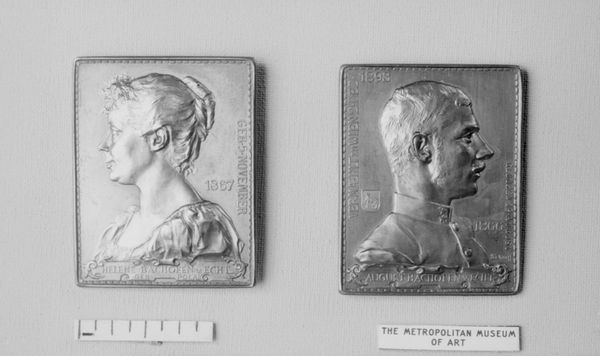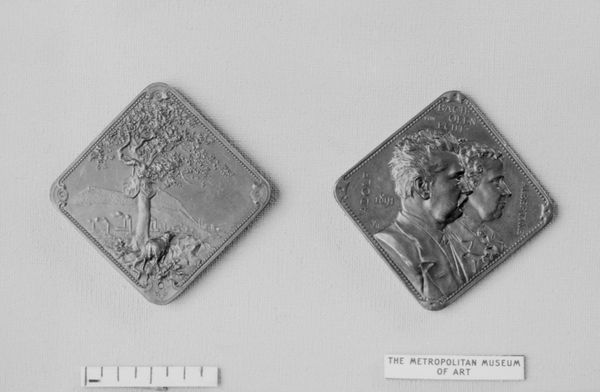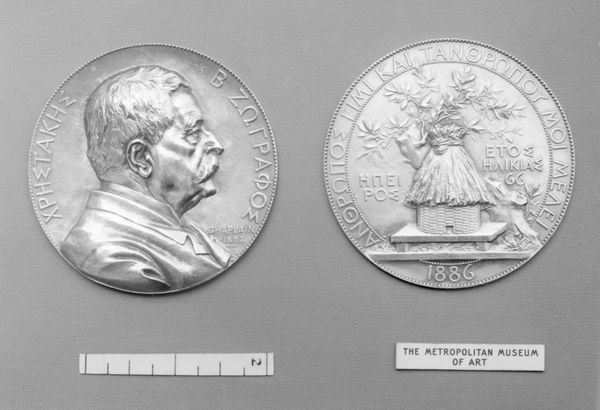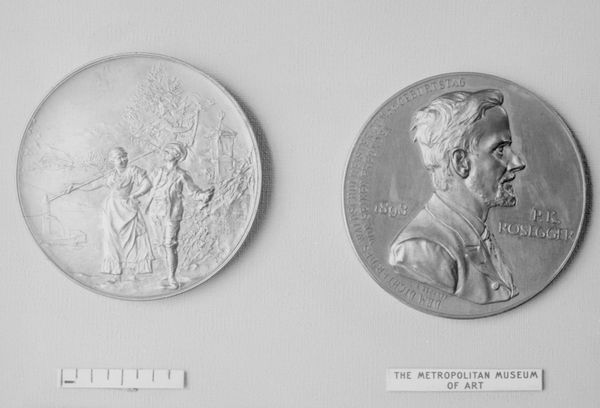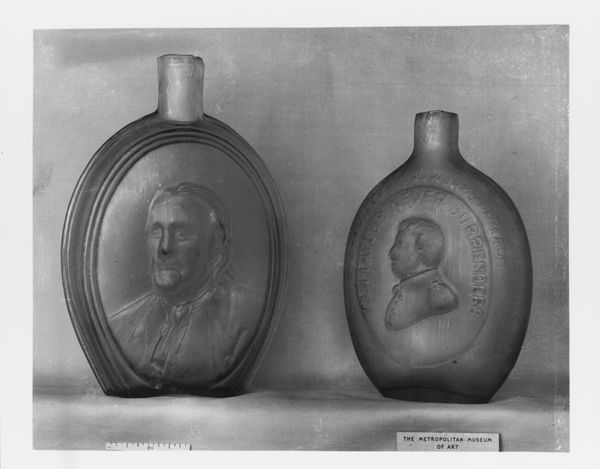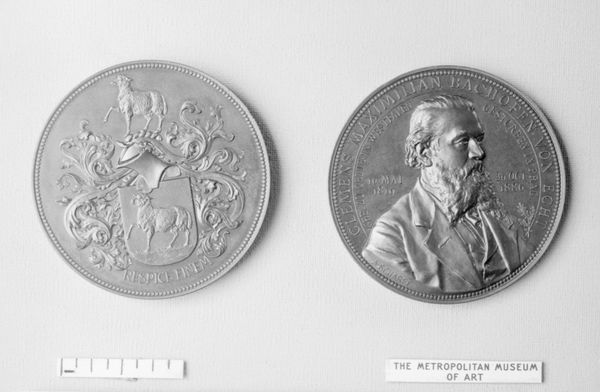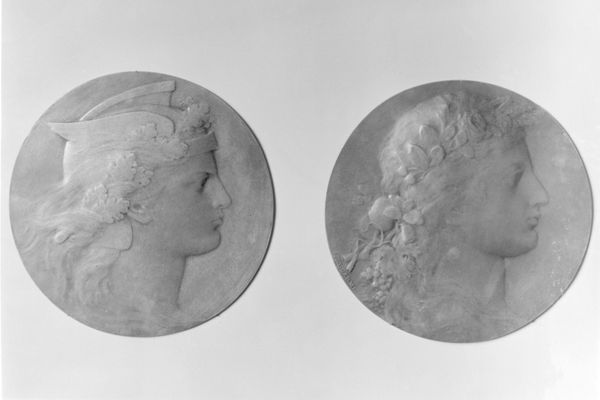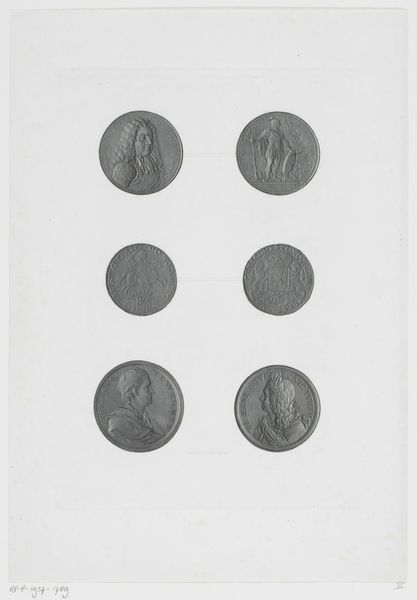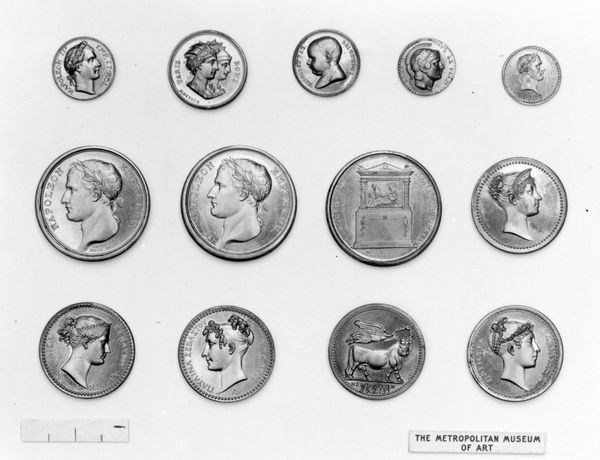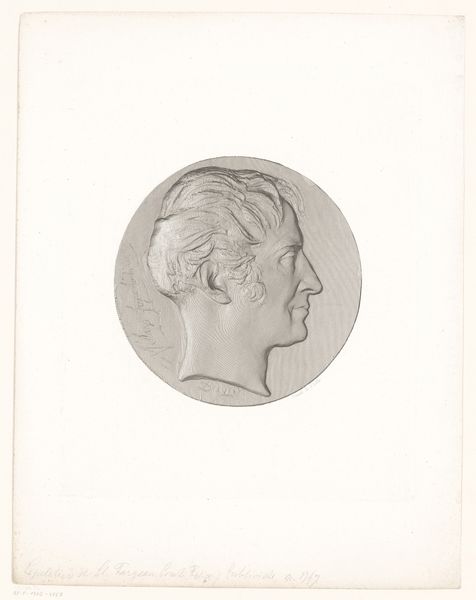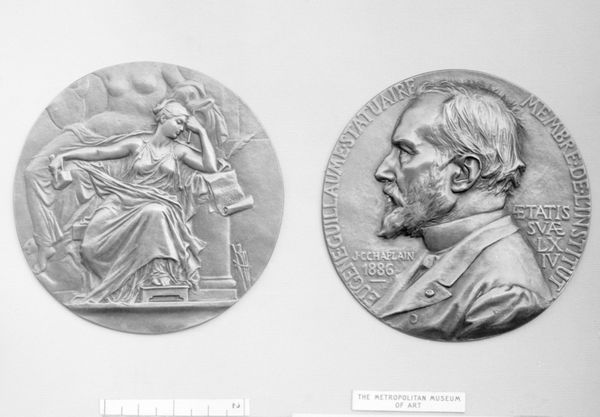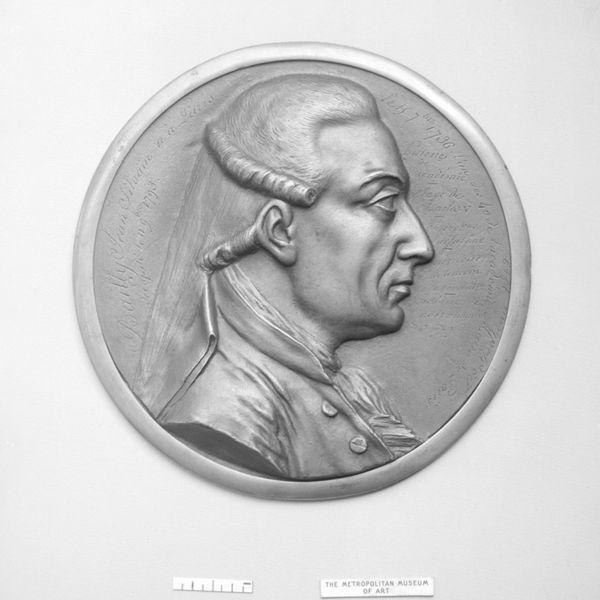
Rouget de Lisle, Author of the Marseillaise 19th century
0:00
0:00
bronze, sculpture
#
portrait
#
sculpture
#
bronze
#
portrait reference
#
sculpture
#
decorative-art
Dimensions: Diameter: 2 in. (51 mm)
Copyright: Public Domain
Editor: So, this is a 19th-century bronze sculpture called "Rouget de Lisle, Author of the Marseillaise." I’m immediately struck by how classical the portrait looks, almost like a Roman coin. It's very formal. What do you see in it? Curator: I see an exercise in cultural memory. The sculptor clearly aims to associate Rouget de Lisle with an artistic heritage reaching back to antiquity, linking him to ideals of civic virtue. Consider the deliberate choice of bronze, a material resonant with power and permanence since ancient times. Why do you think the artist might evoke that association? Editor: Well, "La Marseillaise" is the French national anthem, so maybe to connect the song, and therefore de Lisle, with those ideas of patriotism and national pride? Curator: Precisely. It's a deliberate act of imbuing a relatively recent historical figure with symbolic weight. His profile, gazing stoically, becomes an emblem of French identity, but through artistic languages established centuries prior. What feeling does that evoke for you, knowing that link? Editor: It feels like history being actively created, a kind of constructed identity. The artist isn't just recording a likeness, they're participating in myth-making. Curator: Exactly! The image invites viewers to connect present-day nationalism with idealized pasts, subtly reinforcing a sense of continuity. What about his features, are there particular stylistic choices? Editor: The neat haircut, the set jaw, are they signifiers, shorthand almost, for republican values? It certainly doesn’t read as revolutionary, even if he authored a song linked to the Revolution. Curator: It's a calculated aesthetic, linking back to similar iconography used to represent Republicanism throughout history. A fascinating condensation of complex historical and political themes into a single portrait. Editor: I hadn't thought about it that way. So much meaning embedded within such a simple form. Curator: Visual symbols often carry such a powerful historical and political weight that one doesn't necessarily recognize at first glance.
Comments
No comments
Be the first to comment and join the conversation on the ultimate creative platform.
